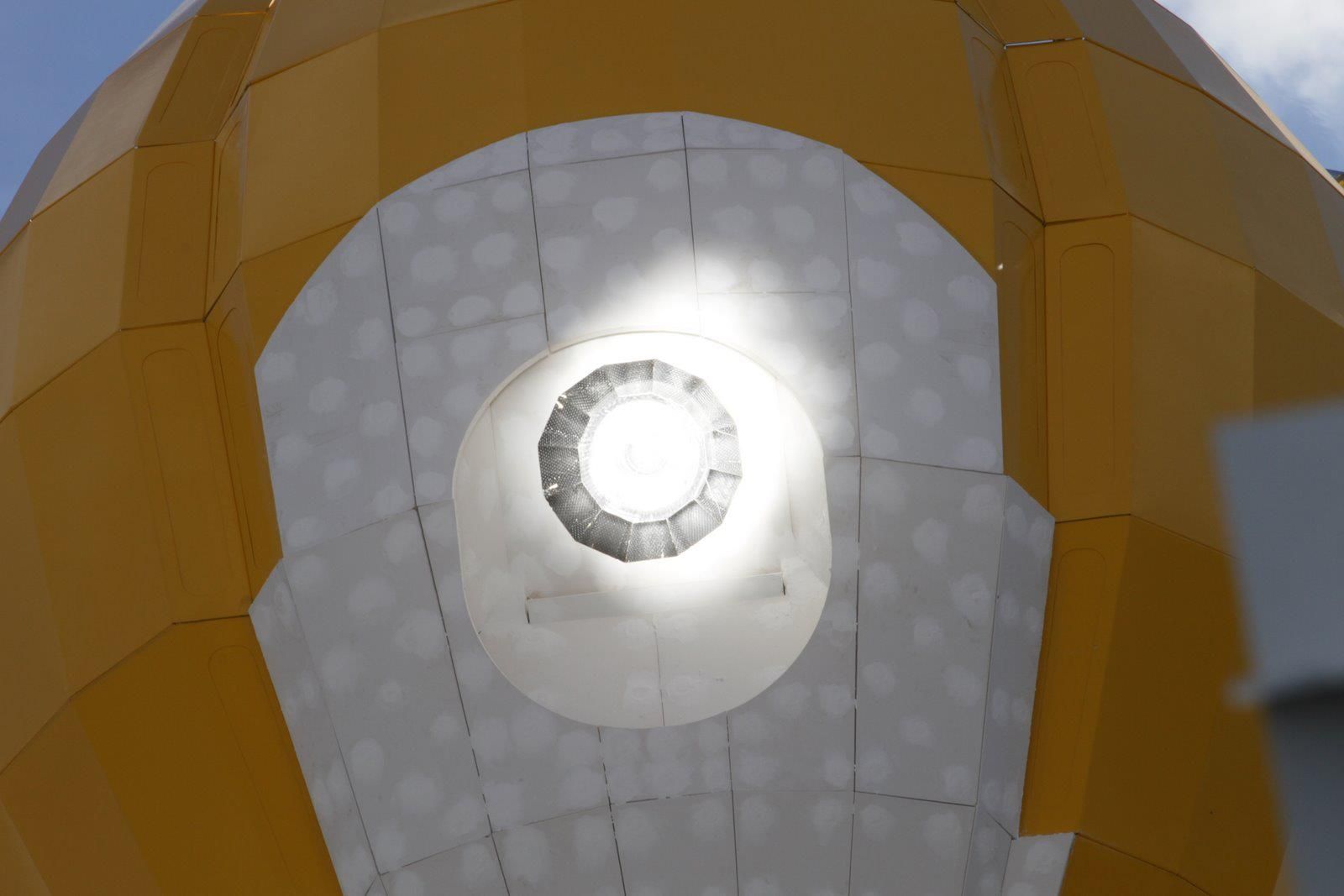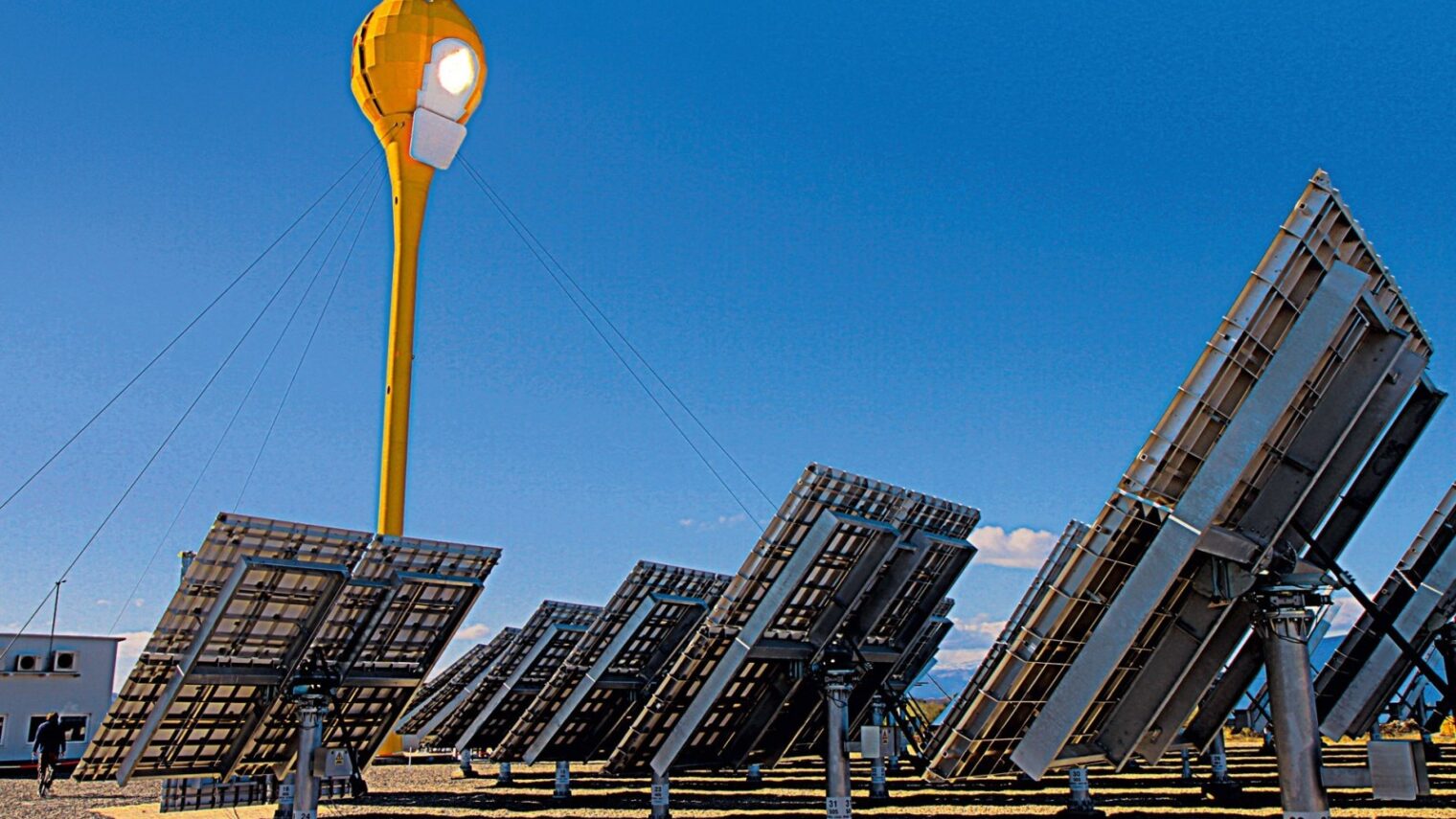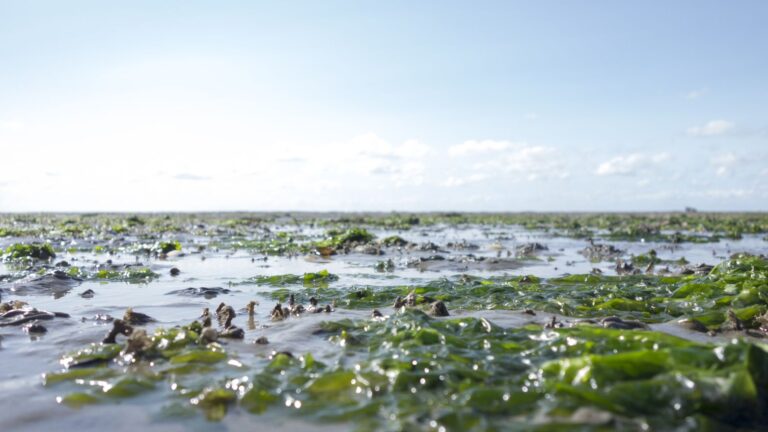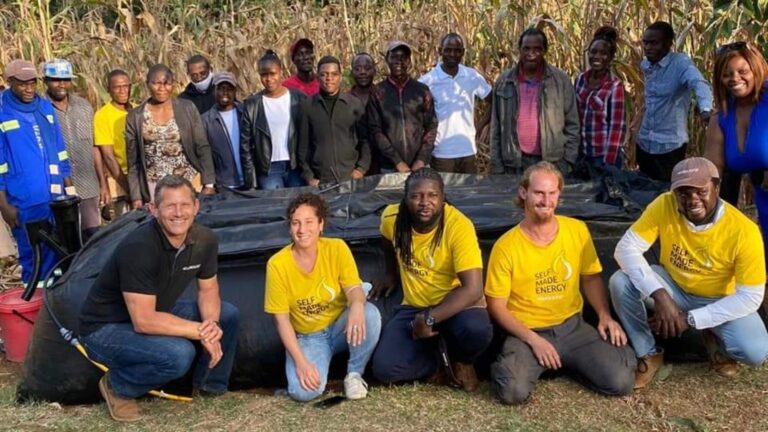Solar power is coming to Ethiopia in the form of a giant tulip.
It’s the Aora Tulip, a solar-hybrid modular technology that runs on solar power during the day and on biogas or biofuel at night in all weather, providing 100 kilowatts of electricity and an additional 170 kW of usable thermal power per Tulip.
“We think it’s going to set a new standard for bringing power to remote villages in Africa, and we’ve gotten interest from other African countries as well,” says Aora Solar CEO Zev Rosenzweig.
As part of Ethiopia’s master plan to become carbon-neutral by 2025, Aora recently signed a memorandum of understanding (MoU) to move forward on the project with Ethiopia’s Addis Ababa Science and Technology University and Adama Science and Technology University, and Arizona State University’s LightWorks project.
“When it comes to developing renewable energy technology for Africa, collaboration is the key to innovation. With the support of the local academic infrastructure, Aora’s technical knowhow has the potential to improve the economy and the sustainable livelihoods of Ethiopians,” says Rosenzweig.
Aora is based in Rehovot, Israel, and has installations in Israel and Spain. Another is underway in Mexico.
Expanding horizons
The academic institutions’ cooperation in education and research will take place in a new research park under the guidance of the Ethiopian Ministry of Water, Irrigation and Energy and the Ethiopian Ministry of Science and Technology.
The collaboration includes laying the groundwork for an Aora field at both Ethiopian campuses, possibly with more to follow. A few Aora employees from Israel will oversee the construction of the two sites using local labor.
Each field consists of the Tulip turbine and heliostats on a half-acre of land. Aora stations may stand alone or be linked together into centrally controlled power plants for increased output.
“The design is such that if you can maintain cars you have all the technical expertise needed,” Rosenzweig tells ISRAEL21c.
Rosenzweig says the collaboration started when Aora’s booth at the May 2014 African Union energy conference in Addis Ababa attracted “quite a bit of interest from the Ethiopian delegation. At their request, we visited there twice and signed an MoU in December 2014 that we’d work together to establish a program. We invited them to visit our prototype site in Spain in February. Since then the ball has been rolling faster.”
Rosenzweig believes the first installation in Ethiopia should take eight to 10 months to complete, and the next one to take only about two months.
“We’ve never built anything in Ethiopia and want to allow time to learn the local conditions,” he explains, adding that one of the universities does not have easy access to biogas, and that will have to be arranged.

Tafesse Asrat Abera, a solar-power expert from Adama Science and Technology University, said that because the Tulip encompasses a multi-disciplinary approach, the installation will allow for numerous opportunities for student engagement. “This involvement of the university in project development adds another dimension – process learning.”
Rosenzweig says that collaboration with local institutions “is exactly what we are aiming for in making the Tulip accessible to developing nations. The best advertisement will be to have these Ethiopian sites up and operating efficiently.”
Arizona State University has a hand in several projects in Africa; Aora is working with its LightWorks division for sustainable energy solutions.
“Our ongoing engagement with Aora Solar illustrates our commitment to conducting use-inspired research, engaging globally, valuing entrepreneurship and providing students with the necessary skills and knowledge to affect a transition to a sustainable world,” said Gary Dirks, director of LightWorks. “This collaboration has great potential to enhance the lives of Ethiopians and to expand the horizons and expertise of ASU, AASTU and ASTU students and faculty.”
Aora’s workforce currently includes 18 employees in Rehovot, nine in Spain and two in Mexico.
For more information, click here.

















